Covert Food Gardening In The Era Of The Lawn Nazis
Some helpful resources and lists for all you seditious satyagrahi out there interested in resisting turf tyranny and embracing food sovereignty.
It may sound absurd to anyone not living in a “G7 nation” city or modern suburb, but there are places in the developed world where it is illegal to grow anything other than a monoculture of grass in your front yard and you will be fined by bylaw officers for attempting to grow vegetables on your own property.
There are places where it is illegal to put up bird feeders to invite the song birds onto your own property and you will be fined for doing so. There are places where if you allow your grass to grow too long or allow nature to do her thing and grow a range of different plants to provide for pollinators or other overwintering beneficial insects, due to HOA’s or municipal laws you are breaking a law, and if the city/town’s orwelian surveillance drones identify your unruly yard or neighbors rat you out , you will be fined.
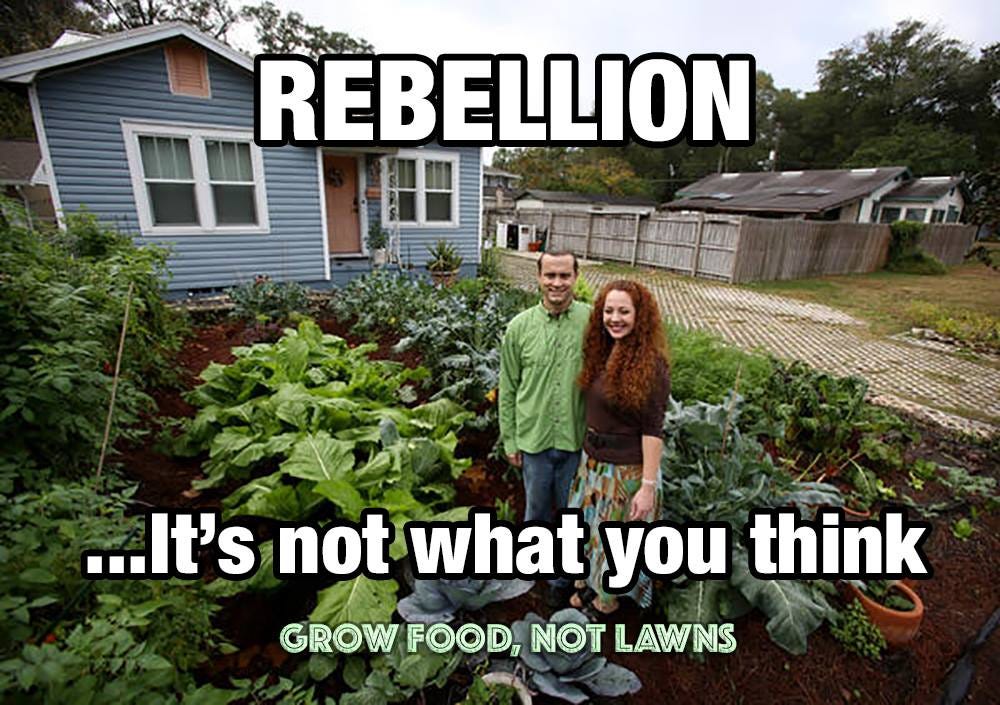
Yes, we are living in the era of lawn nazis and other fanatical forms of front yard fascism (imposed upon us by various involuntary governance structures and the droves of people who have internalized their monoculture/conformist war on nature thinking).
This is yet another reason (in the long list of reasons) why involuntary governance structures are antithetical to permaculture design ethics.
Why lawns?
Have you ever asked yourself: Why do we even have front lawns in the first place?
People rarely use that space to enjoy with their family playing /picnicking outside anymore and yet they spend large amounts of time and money maintaining them.
The History Of Front Lawns:
In the 17th century in England, we first saw the deliberate growing of trimmed grass by the wealthy and the aristocracy as a show of affluence. During those times, land was a valuable resource, as it was used to grow food, which provided a source of nutrition and a source of income. For a wealthy landowner to simply grow grass was a show of extravagance, flaunting the fact that they had land to waste as they pleased.
The enormity of such a status symbol may not be immediately obvious to us in our current day and age until we realize that lawn mowers did not exist at the time! These lawns were cut by hand — by servants using scythes, sickles and shears. The amount of labour involved in maintaining a large lawn was considerable, and only the wealthiest in society could afford to pay people to carry out this work.
The first mechanical lawn mower was invented in 1827 and patented in 1830 by engineer, Edwin Beard Budding (1795-1846) from Stroud, Gloucestershire, England.
After the lawnmower was invented, having a lawn no longer remained the mark of wealth and status that it once was, but this status symbol now became accessible to the masses. From that time onward, we’ve just kept on growing lawns in our front yards, forgetting that they were once grown as a symbol of wealth. Just another one of those unquestioned traditions that people blindly follow without knowing why.
Essentially, Hundreds of years ago, grassy lawns originally became popular to prove a person was wealthy enough to waste land rather than farm on it.
Here are some of the reasons we need to stop obsessing over perfect lawns, and make the move to regenerative gardening
Noise and air pollution – Lawn mowers and similar equipment account for 5 percent of air pollution, and a fair amount of the noise pollution as well.
Water wastage – Lawns require lots of water to maintain their perfect green color, accounting for 30-60% of all urban fresh water usage. Generally, the more that an area is water-insecure or stressed, the more that lawns and landscaping contribute to the problem by relying on the already limited water supply to not shrivel and die.
Water supply – The water supply in the ground is then poisoned as the toxins seep into our groundwater, into our tap water, and then into us through various ways. Even if you don’t drink tap water, we bath, shower or swim in it most often. The skin is our largest organ and absorbs toxins quite easily.
Higher concentration of poisons – Homeowners spend billions of dollars and use 10 times the amount of pesticide and fertilizers per acre on their lawns as farmers do on crops. Even though agricultural land takes up much more space than lawns, pesticide usage in urban areas is far more concentrated.
Toxic toll on pollinators – The poisons sprayed on lawns are killing other plants/weeds that bees need to survive. As well, studies have shown that the bees are picking up the toxins, which is killing them directly, as well as the bees are spreading the toxins around.
Pets, wildlife and children – While they may tell us to stay off the lawn for a few days after spraying, the poison doesn’t just disappear. Our pets, wildlife and children end up absorbing the poison by just touching the lawn after.
Soil – Monocrops such as grass destroy the soil. Regenerative gardening and permaculture design repairs the soil.
Clearly lawns are not the answer, even if you take the poisons out. The issues with pollinators from removing the other plants/weeds, wasting water, and the destruction of the soil are still problematic. Its time to grow food my friends!
Wouldn’t you rather look out at a bunch of vegetables, fruits and flowers growing in your garden than a wide expanse of grass you have to constantly take care of that doesn’t feed you anything?
As explained above at the beginning of the post, some of us would face significant pushback if we went all out overtly veggie gardening in the front yard (as is shown in the pics above) and taking on the armies of lawn nazis and grass gestapo to defend our veggie patch could quickly turn into a full time job (and perhaps financially draining endeavor if the corrupt court system got involved).
I take my hat off to the audacious and unapologetic regenerative revolutionaries that are tearing up their whole front lawn and creating beautiful veggie, berry and herb beds despite the prevailing monoculture thinking in their neighborhood. Some of us would like to take steps in that direction and do it in a way that takes a path of less friction by disguising our sod sedition efforts in flowers and other seemingly “ornamental” plants which can also feed us and our loved ones.
Thus, the following material will provide actionable intel for the aspiring covert food and medicine gardeners so we can all become effective agents of sod satyagraha! :)
So we have established that we live in a demented world where humans (many of which that are struggling financially due to a class war being waged on them by plutocrats using weapons as scamdemic pysops) spend significant amounts of the little bit of money and time that they do have installing and maintaining monocultures of imported fragile grass by dosing their yards with chemicals and expensive synthetic fertilizers that they cannot eat and which most people do not even use for things like throwing a ball around or having picnics (as they are too busy watching tictok videos or posting pictures of their perfect front lawn on Twitter).
Some of you may be shaking your head in shame for our human family and feeling frustration thinking to yourself “Where did our modern civilization go wrong? Why are people so stupid God? Why!!!!? How did we get to this existence of vapid superficiality and pointlessness?” (Your not alone, I feel your pain).
Those who live in lawn Nazi territory and are also blessed to have a property where most people would expect (or perhaps be attempting to coerce you into) putting a useless front lawn may be thinking “how can I resist front yard fascism when all my neighbours are drinking the monoculture thinking/conformity koolaid and they would rat me out to the grass gestapo the first chance they get if I planted something that could actually feed my family?”.
I have been on the front line of the resistance for quite a few years now and I have discovered a few helpful tactics and techniques which can be used to bewilder the grass gestapo (and their collaborators) subverting their maniacal (and idiotic) attempts to impose turf totalitarianism into our lives.
The following information is intended to empower all my fellow aspiring seed satyagrahi, freedom farmers and Regenerative rebels.
For some of us (that maybe have a partner that romanticizes a front lawn or neighbors that are mostly nice, but a little bit fanatical about only growing grass or “appropriate” ornamentals out-front) the most effective (and least problematic) to way engage in sod sedition is through disguising our efforts to overthrow turf tyranny in a guise made of pretty colors, fragrant flowers and trees (which the monoculture minds of front yard fascism are incapable of recognizing as food or medicine).
Here is a list of some helpful species which can serve as camouflaged cohorts to aid you in your noble efforts to resist front yard fascism. These trees, shrubs and other plants are very appealing to the eye (often having hybrid / cloned versions which are used in the corporate landscaping industry) so they will confuse many into thinking you are just an eccentric ornamental garden designer (rather than a covert food and medicine gardening mastermind hiding your act of sod sedition in plain sight).

Trees:
⁃ Ginkgo
⁃ White pine (Pinus strobus) /
⁃ Larch / Tamarack
- Pines
Pines - nobles of the global woodlands
This post serves as the 18th post which is both part of the above mentioned (Stacking Functions in the Garden, Food Forest and Medicine Cabinet : The Regenerative Way From Seed To Apothecary series) as well as constituting the 5th installment of the
⁃ Birch
⁃ Spruce
- Oak
Oak - nurturers, protectors and sovereign kings of the forest
This post serves as the 23erd post which is both part of the (Stacking Functions in the Garden, Food Forest and Medicine Cabinet : The Regenerative Way From Seed To Apothecary series).
⁃ Fir
⁃ Crabapple or Malus sieversii

Edible/Medicinal Ornamental Shrubs/bushes:
⁃ Blueberries
- Amelanchier species such as Saskatoon Berries produce blackcurrant-size juicy fruits in July (which is why we call them juneberries!). The plants are exceedingly beautiful when they flower in early to mid spring. All members of this genus produce edible fruits, though some are not very desirable, and plants range in size from small shrubs to tall trees. A. alnifolia, (Saskatoon Service Berries) grows about 2 meters tall and produces suckers. The fruit, which is very juicy and relatively large.
- Black Currants (Ribes nigrum)
Black Currants (Ribes nigrum) - The Outlaw Berry
(This post serves as the 21st post which is part of the Stacking Functions in the Garden, Food Forest and Medicine Cabinet : The Regenerative Way From Seed To Apothecary series).
- Strawberry Tree (Arbutus unedo)
An evergreen tree that can grow up to 30 feet tall, but there are smaller growing varieties. One that has been particularly recommended is 'Croome', which is said to fruit more freely and has an attractive red tinge to the flowers. The tree succeeds on most soils and produces edible fruits in late autumn. It is particularly beautiful at this time because it is also in flower. Whilst not highly flavoured, the fruits have a nice, subtle taste.
- Caragana
- Barberries (Berberis species)
This genus includes some extremely ornamental evergreen and deciduous shrubs and they tend to tolerate most soils and locations. None of them have poisonous fruits though many of them are unpalatable. B. vulgaris was once quite commonly grown in the fruit garden but has fallen out of favour in recent times. This plant is also the alternate host of the black stem rust of wheat, so it has virtually been eradicated from our hedgerows and woodlands by farmers. Other species to consider include B. aggregata, B. angulosa, B. aristata, B. asiatica, B. buxifolia, B. darwinii and B. lycium. The fruits are acid but can be eaten raw (best after a frost) or used to make conserves, jams etc. They can also be dried and used as a substitute for raisins.
- Bamboos (Arundinaria species and Phylostachys species)
Evergreen grasses that make very attractive specimen plants in lawns and can also be used as screens. Many species have edible shoots in spring and their canes make good plant supports.
- Staghorn Sumac (Rhus typhina) : A deciduous shrub which can grow up to 20 feet tall, it is a striking sight in winter when its bare branches carry purple spikes of fruit at their tips. These spikes, when soaked for a short while in cold water, yield a very refreshing drink, used in America as a lemonade substitute. Other members of this genus with fruits that can be used similarly include R. aromatica and R. glabra. Some members of this genus are poisonous - they are easily distinguished by their fruits: the poisonous fruits are smooth whilst non-poisonous fruits hairy.
Perennial / annual plants :
⁃ Amaranth
⁃ White peony (Paeoniae lactiflorae)
more info: https://practicalselfreliance.com/edible-peony/
⁃ Ornamental onions
- Rhodiola Rosea
Golden Root (Rhodiola Rosea and Rhodiola integrifolia)
This post serves as the 25th post which is part of the above mentioned (Stacking Functions in the Garden, Food Forest and Medicine Cabinet : The Regenerative Way From Seed To Apothecary series).
⁃ Purple hot peppers
- Yarrow
- Hostas
- Bee Balm
- Borage
- Ostrich ferns (Fiddlehead Ferns)
- Sweet Fern (Comptonia peregrina asplenifolia):
⁃ Wild Canadian ginger (Asarum canadense - L.)
- Tropical Ginger (Zingiber officinale)
(I will be expanding the above list with updated versions of this post when I have more time and adding links and intel so check back if you find this info helpful for more)
Here are some additional helpful tips for dodging the attacks of front yard fascists and creating functional and beautiful front yard gardens that provide for you and wild life from a book I am reading called “Beauty In Abundance” By Michael Hoag.
Another Great book worth looking into:

For those of you that are not able to fight on the frontlines or front yard freedom because you do not own any land you can still be an effective seditious food cultivator.
Here are a few ways you can grow food at home and begin to plant the seeds for abundance in man made food deserts:
⁃ community gardens
Community gardens are a great option to look into for those living in apartments/townholmes
https://corbettreport.com/solutionswatch-communitygardens/
Here are some links to resources for those interested in starting their own community garden:
– “10 Tips for Starting a Successful Community Garden”: https://permaculturevisions.com/rebuilding-community-with-a-garden/
– “How to Organize a Community Garden” : https://content.ces.ncsu.edu/how-to-organize-a-community-garden
– “How to Start a Community Garden” : https://www.permaculturenews.org/2021/05/01/how-to-start-a-community-garden/
– “How to Start a Community Garden with Morag Gamble” :
⁃ Container gardening on your deck or patio can produce a lot more food and medicine than you think, putting a significant dent in those grocery bills and providing you powerful medical herbs to keep your immune system in great shape so you can avoid having to deal with big pharma’s scams in the industrial allopathic medical system.
An excerpt from my book:
Tips For Getting Your First Garden Started In An Urban Setting
Whether you have an alleyway, an entire rooftop, tiny balcony, a fire escape or just a window sill, measure how much space you’ve got and decide how large you want your garden to be. There is no such thing as a garden that’s “too small” as every little bit counts.
1. Container gardening
If you have limited outdoor space, be it a small yard, shared courtyard or balcony, a container garden with herbs, vegetables and fruits may be the ideal thing for you. One of the great things about container gardening is the ability to grow almost any herb or vegetable (and many varieties of fruit) given the right conditions and space enough for an appropriately-sized container. With the right amount of sun exposure and watering system it's even feasible to successfully grow small fruit trees or bushes this way. I have had success with growing lime or lemon trees as well as blueberry and goji berry bushes which thrived in above-ground planters.It is also fairly easy to grow potatoes and sweet potatoes in both 60 liter garbage cans (with holes drilled in for drainage) and re-usable fabric shopping totes. Old Recycle bins can also serve as a planter with a few holes drilled for drainage and have enough space for several companion plants to grow in one container (like say heirloom soy or bush beans, herbs, nasturtiums and hot peppers or tomatoes). You can grow nutrient dense potted plants inside near a sunny window. Leafy greens, herbs and spices (like ginger and turmeric) are great contenders for getting maximum nutrition given limited growing space.
2. Vertical Gardening. Here are some tips to consider when planning to set up a vertical garden:
- Don't overlook your garden entrance - think an archway trellis that supports a grapevine etc
- Plan for companion planting - why only grow tomatoes when that same pot can provide basil, carrots and cilantro as well?
- Check the shade factor - observe your intended space to measure the sun hours
- Ensure you will be providing adequate water - vertical container plants can be very thirsty
- Height and strength of the structure - some plants grow very quickly, plan ahead.
- Plant Supports and Ties - you will need them to guide your plants vertically
- Window boxes and hanging planters - another efficient way to maximize productivity
- Deck and Railing Planters - these are great for herbs or cascading crops like strawberries
- Account for windy weather - once the plants get bigger wind effects change, plan accordingly
- Consider Creating A Mobile Vertical Garden - these are great for maximizing sun exposure
⁃ Guerrilla gardening is another great option for bringing life, self-sufficiency, and nutrition to artificial “food deserts” in cities
For more info:
https://www.guerrillagardening.org/
https://www.plantseads.com/blogs/all/what-is-guerrilla-gardening
https://corbettreport.com/solutions-guerrilla-gardening-video/
https://azinelibrary.org/other/guerrilla_gardening.pdf
azinelibrary.org/approved/urban-permaculture-1.pdf
https://theprepperjournal.com/2015/07/09/guerrilla-gardening-for-survival/
The Guerrilla Grafters graft fruit bearing branches onto non-fruit bearing, ornamental fruit trees. Over time, delicious, nutritious fruit is made available to urban residents through these grafts.
Their website decisively states:
“We aim to prove that a culture of care can be cultivated from the ground up. We aim to turn city streets into food forests, and unravel capitalist civilization one branch at a time.”
and they continue be stating:
“… Grafting is a skilled performative and skilled sculptural gesture to cut branches in a way that make more branches, to attach branches that make fruit and viable pollen, to engage in relationships that fold economic divisions and redistribute abundance. What we wish to show is that scarcity is a condition of capitalism, and our performance/ sculpture point to a way out, a very tiny step among many, of this condition, a condition that fundamentally relies on binaries of nature and culture, public and private. Guerrilla Grafters encourage looking at neighborhoods of more-than-human life in ways that generate resources rather than deplete them, from sunlight falling on rooftops, to coppiced ash for buildings and pathways that make for healthier trees, to deadheading plants like Hypericum perfolatum, a practice which makes more blossoms, for medicine. Guerrilla Grafters think that all artists (everyone) should make this kind of labor the center of their practice so that our earth, and our cities especially, are laboratories for survival….”
This is an advanced technique for seditious satyagrahi which involves grafting branches from nutritious and delicious fruit varieties onto non-fruiting / ornamental fruit trees which are often planted in city parks.
Guerrilla grafting manual: https://guerrillagrafters.org/manual/
more info on guerilla grafting:
⁃ Grow gourmet/medicinal mushrooms either inside or outside using free materials Especially intrepid Regenerative rebels can also learn to use free resources which can be accessed from interfacing with power companies, arborists or sourcing out wind fallen logs to team up with our fungal elders and use mycological alchemy to turn wood into wood (growing mushrooms on hardwood logs either inside or outside )
For more information on turning wood into food through growing gourmet/medicinal mushrooms at home:
Forging Alliances With The Fungal Queendom
The "Fungal Queendom" (as author, educator and mycological pioneer Peter McCoy calls it) is a truly ancient community of organisms which often forms symbiotic relationships with other organisms capable of contributing to a mutually beneficial relationship. It is no wonder that when ingested, many of these fun…
Disclaimer:
No I am not saying there are not actual nazis promoting monocultures of grass (at least I have not met any yet). Though there are some people who do have an unhealthy obsession with maintaining useless clean cut front lawns and attempting to peer pressure or coerce others into following suit. Actual Nazis are way crazier than front lawn fanatics, but I felt like titling this post as i did as sometimes the grass gestapo come off as a bit fascistic in their enthusiasm for cookie cutter cloned front yards.
The post above was an attempt at approaching a real challenge some of us face as we strive to grow our own food at home infused with a little bit of humor.
“Turn that worthless lawn into a beautiful garden of food whose seeds are stories sown, whose foods are living origins. Grow a garden on the flat roof of your apartment building, raise bees on the roof of your garage, grow onions in the iris bed, plant fruit and nut trees that bear, don't plant 'ornamentals', and for God's sake don't complain about the ripe fruit staining your carpet and your driveway; rip out the carpet, trade food to someone who raises sheep for wool, learn to weave carpets that can be washed, tear out your driveway, plant the nine kinds of sacred berries of your ancestors, raise chickens and feed them from your garden, use your fruit in the grandest of ways, grow grapevines, make dolmas, wine, invite your fascist neighbors over to feast, get to know their ancestral grief that made them prefer a narrow mind, start gardening together, turn both your griefs into food; instead of converting them, convert their garage into a wine, root, honey, and cheese cellar--who knows, peace might break out, but if not you still have all that beautiful food to feed the rest and the sense of humor the Holy gave you to know you're not worthless because you can feed both the people and the Holy with your two little able fists.”
― Martin Prechtel, The Unlikely Peace at Cuchumaquic: The Parallel Lives of People as Plants: Keeping the Seeds Alive
Lastly, I wanna share some resources for those of you that do not live in municipalities with insane laws about what you can do with your own front yard and those of you that live in neighborhoods where your neighbors are reasonable human beings that would not harass you or rat you out for growing veggies in your front yard (I am blessed to have reasonable and kind neighbors myself). The following is for those people living within pockets of sanity in this often insane human world.
I invite you to Go for it! Dream Big! Lead by example and create an abundance that can inspire your neighbors and help increase the food security and community good will in your area.
Create some thing like a Food Is Free Project cart or Grow Free Movement stand out front to get people inspired.
Here are some videos for additional inspiration and ideas on how to grow food instead of front lawns
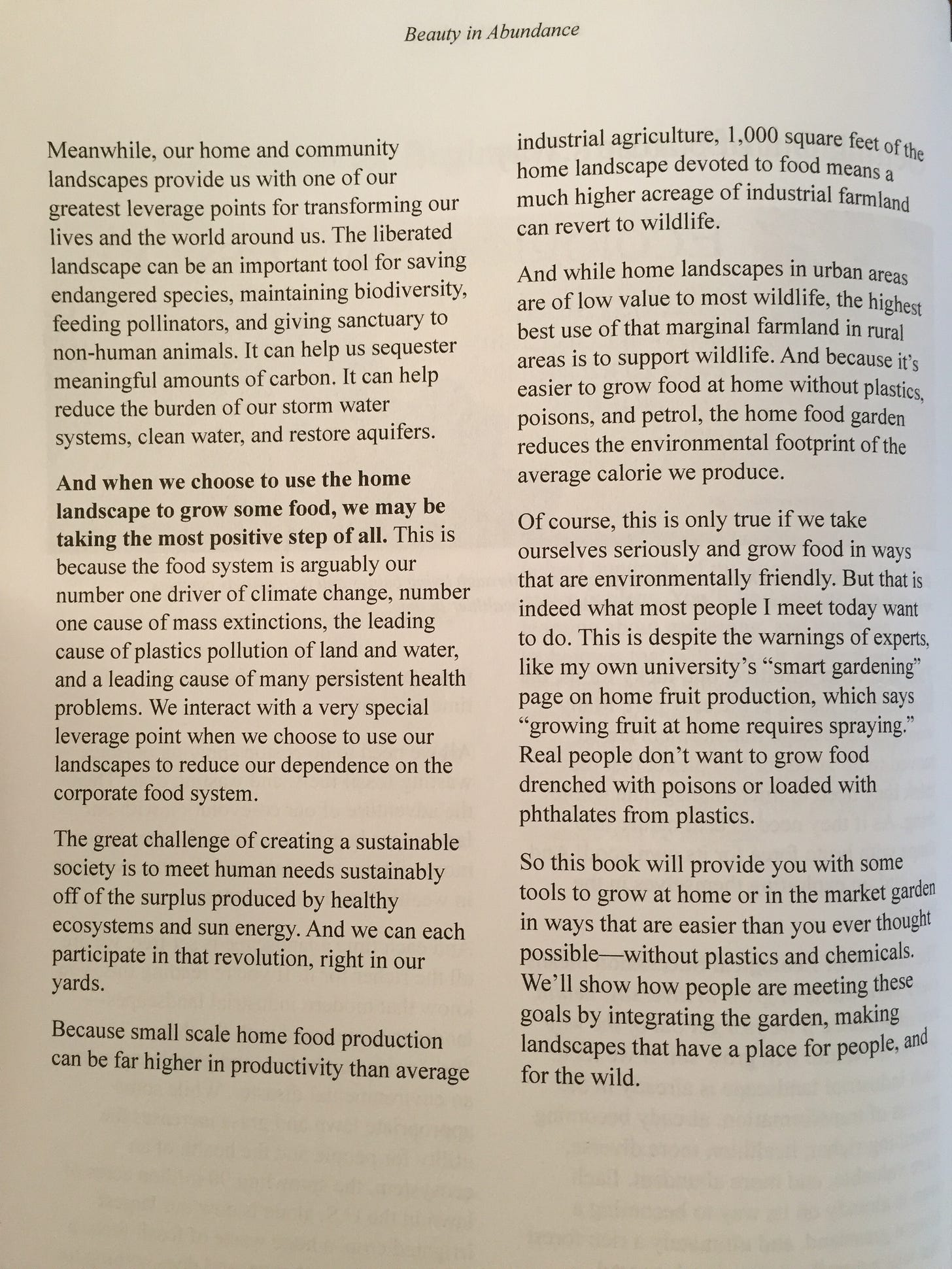
Other helpful info sources for seditious covert front yard food and medicine gardeners:
https://www.onegreenplanet.org/lifestyle/ornamental-plants-you-can-eat/
https://ouroneacrefarm.com/2015/04/17/12-native-plants-for-food-and-medicine/
https://www.permaculturenews.org/2018/06/23/ornamental-plants-edible-edible-plants-ornamental/
https://www.tenthacrefarm.com/see-how-easily-you-can-create-an-edible-landscape/
https://web.archive.org/web/20190331124818/http://growfood-notlawns.com/
https://www.soscuisine.com/blog/urban-farmers-illegal-front-yard/
Edible Ornomental Heirloom Varieties from Baker Creek Seeds: https://www.pinterest.com/rareseeds/edible-ornamentals/
https://transformativeadventures.org/2023/03/05/resources-for-gardening-and-permaculture/
For some additional inspiration for all you creative people out there that would like to design your front yard garden to suit your color preferences, appease the neighbors/lawmen and also grow food and medicine, here are select pages from By Michael Hoag’s excellent book titled “Beauty in Abundance: Designs and Projects for Beautiful, Resilient Food Gardens, Farms, Home Landscapes, and Permaculture”
You can get your own copy here: https://transformativeadventures.org/2023/03/05/beauty-in-abundance-the-landscape-transformation-manual/
In closing I will share another thought which I touched on in my recent interview with Riley Waggaman (Edward Slavsquat) pertaining to incognito food cultivation techniques.
Another dynamic worth considering when planning for a covert garden (especially if you are talking about a forest garden) is the ubiquitous lack of plant identification skills and knowledge in most people in modern day urban industrialized western society.
We live in a time where most children in Canada and the US are capable of identifying over 1000 corporate logos, yet they can only identify less then 10 plant species.
I suspect that same lack of basic botanical awareness and plant literacy is equally reflected in the urbanized adult populations.
If one was blessed to have enough space where they could begin to create a food forest one would essentially be creating a food production system that is camouflaged to most every day people in the western world. In a society where people can identify more corporate logos than they can plant species, a forest filled with a multi-layered food production system that seamlessly emulates a mature forest would be unrecognizable and essentially invisible to any hypothetical mobs of lazy/desperate thieves and pilferers (that have a poverty of plant knowledge) which one may be concerned about when planning a garden
Thus, beyond all the factors that I mentioned above that make the choice to grow a regenerative garden in one’s yard a wise choice (regardless of outside circumstances) food forests, in and of themselves are resistant to thievery, due to the widespread poverty of eco-literacy in the modern western world.
You can read the full interview that the above excerpt is from here:





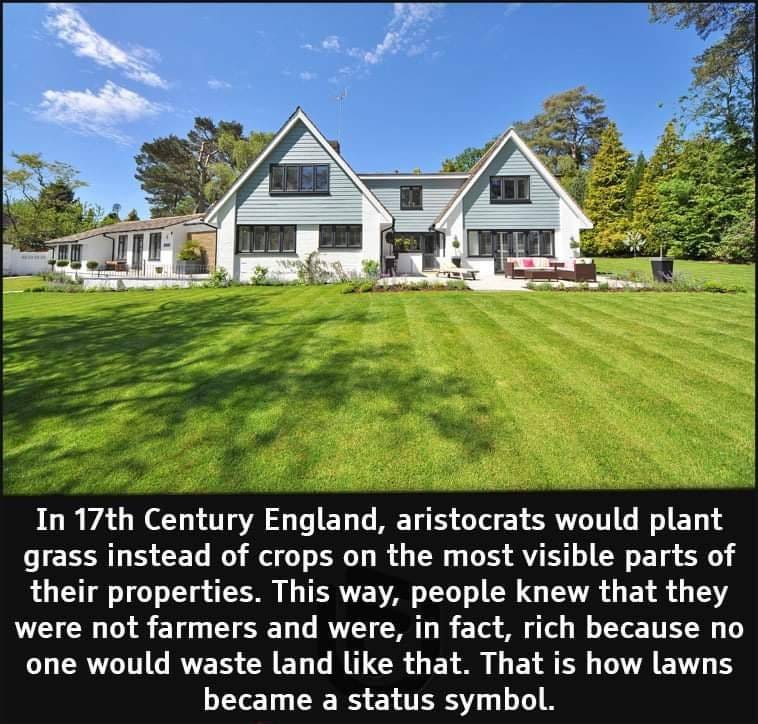

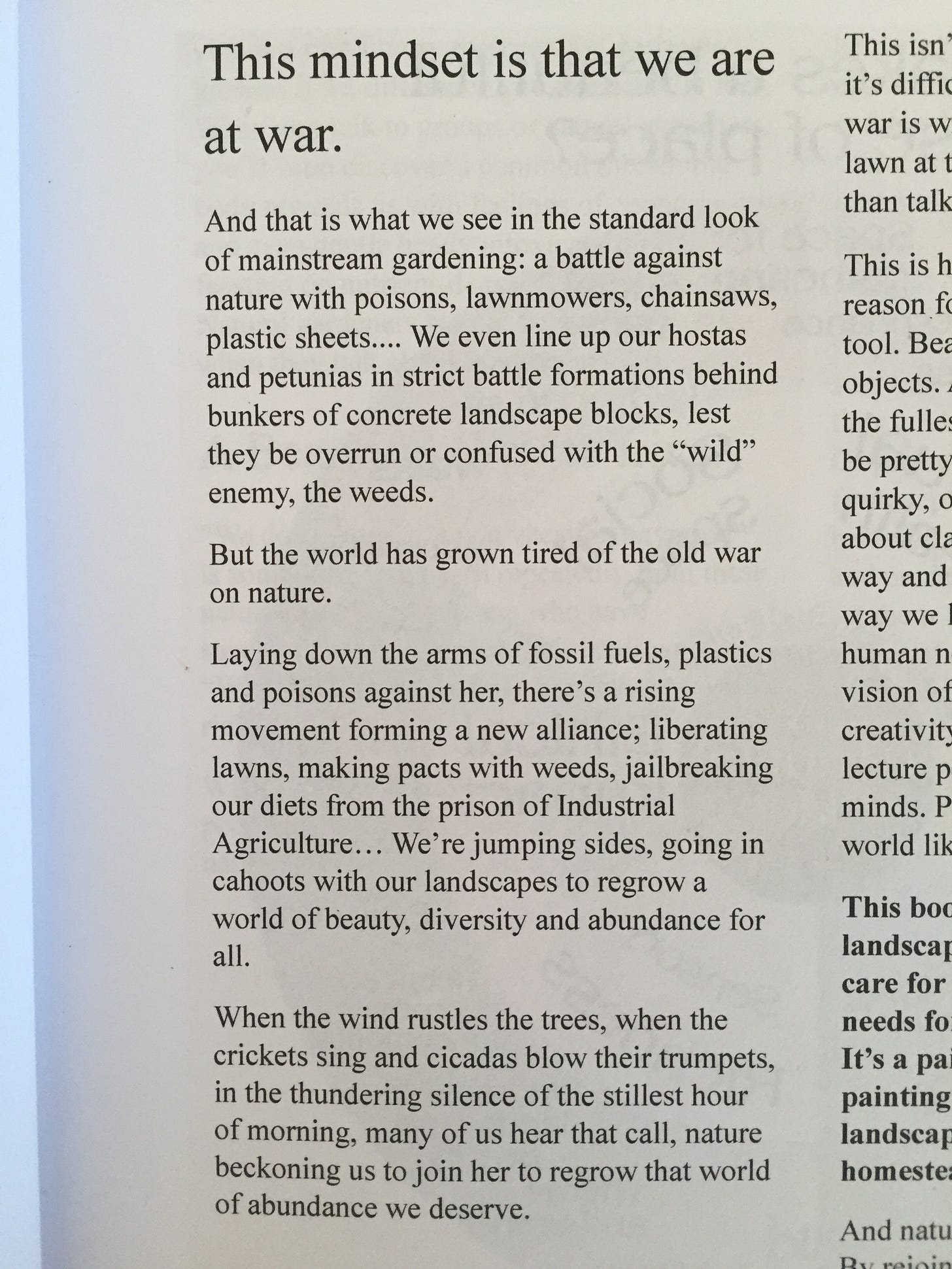
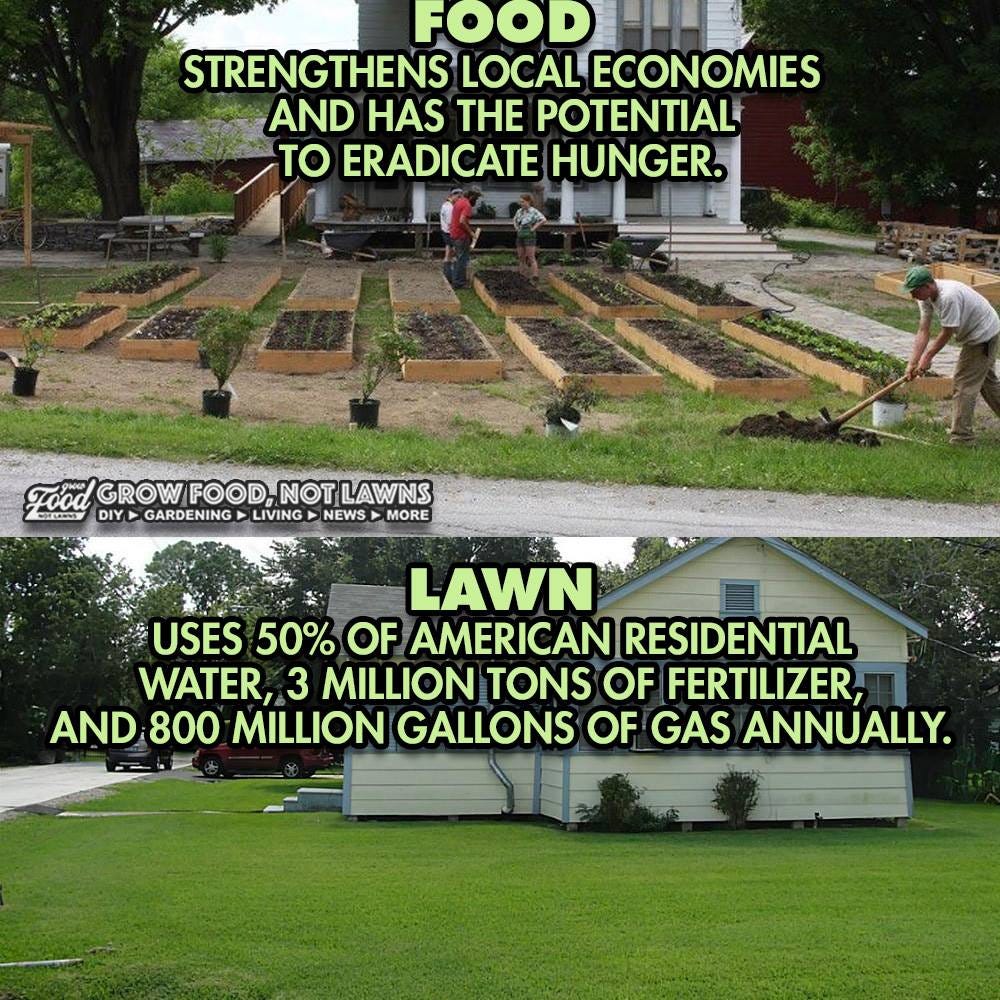




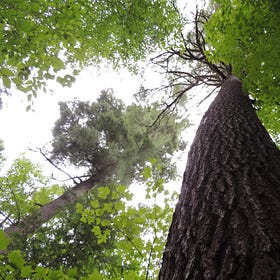

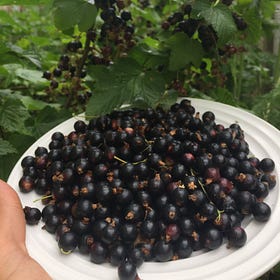
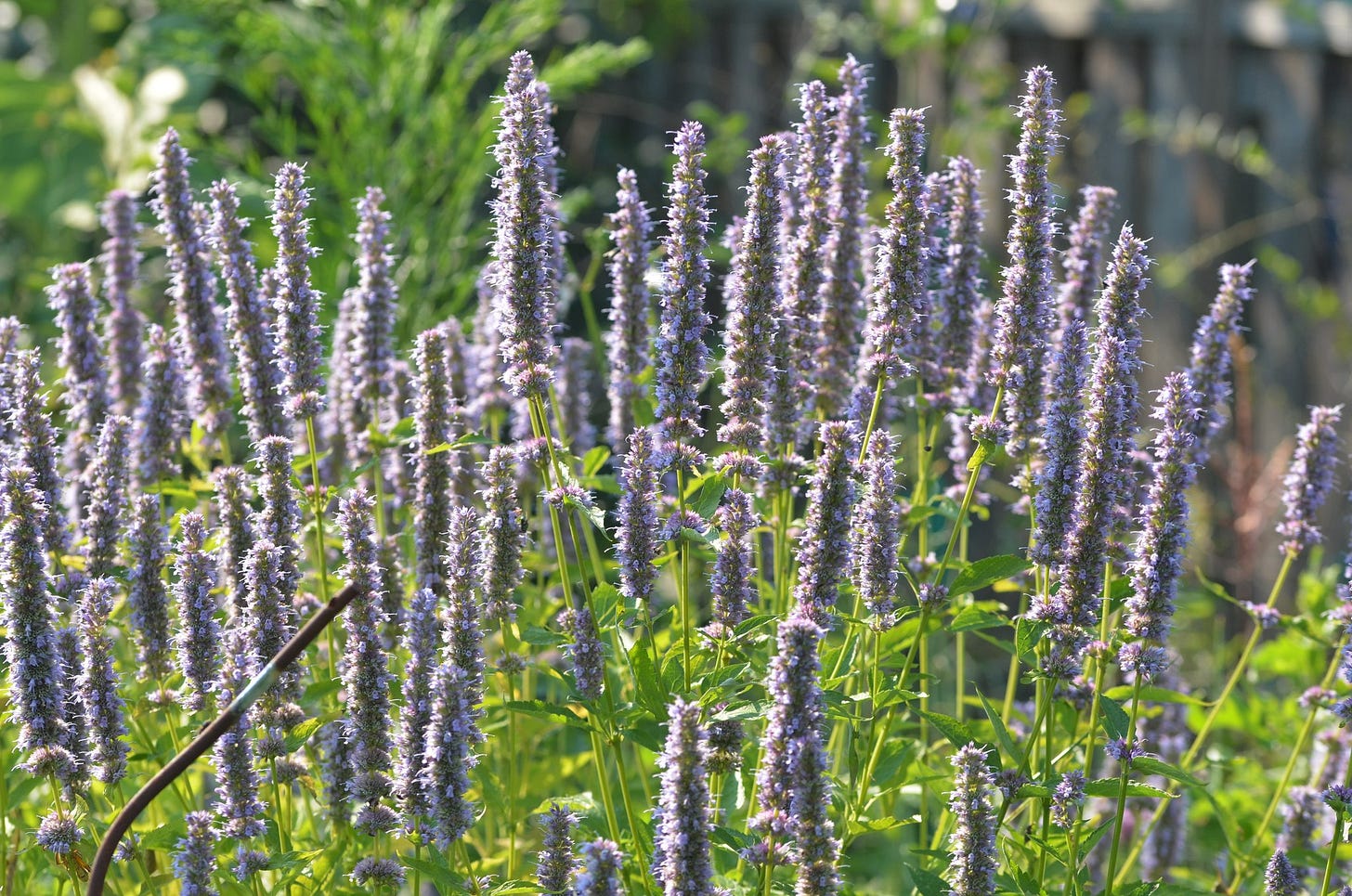
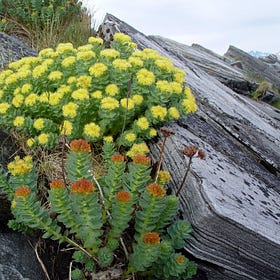
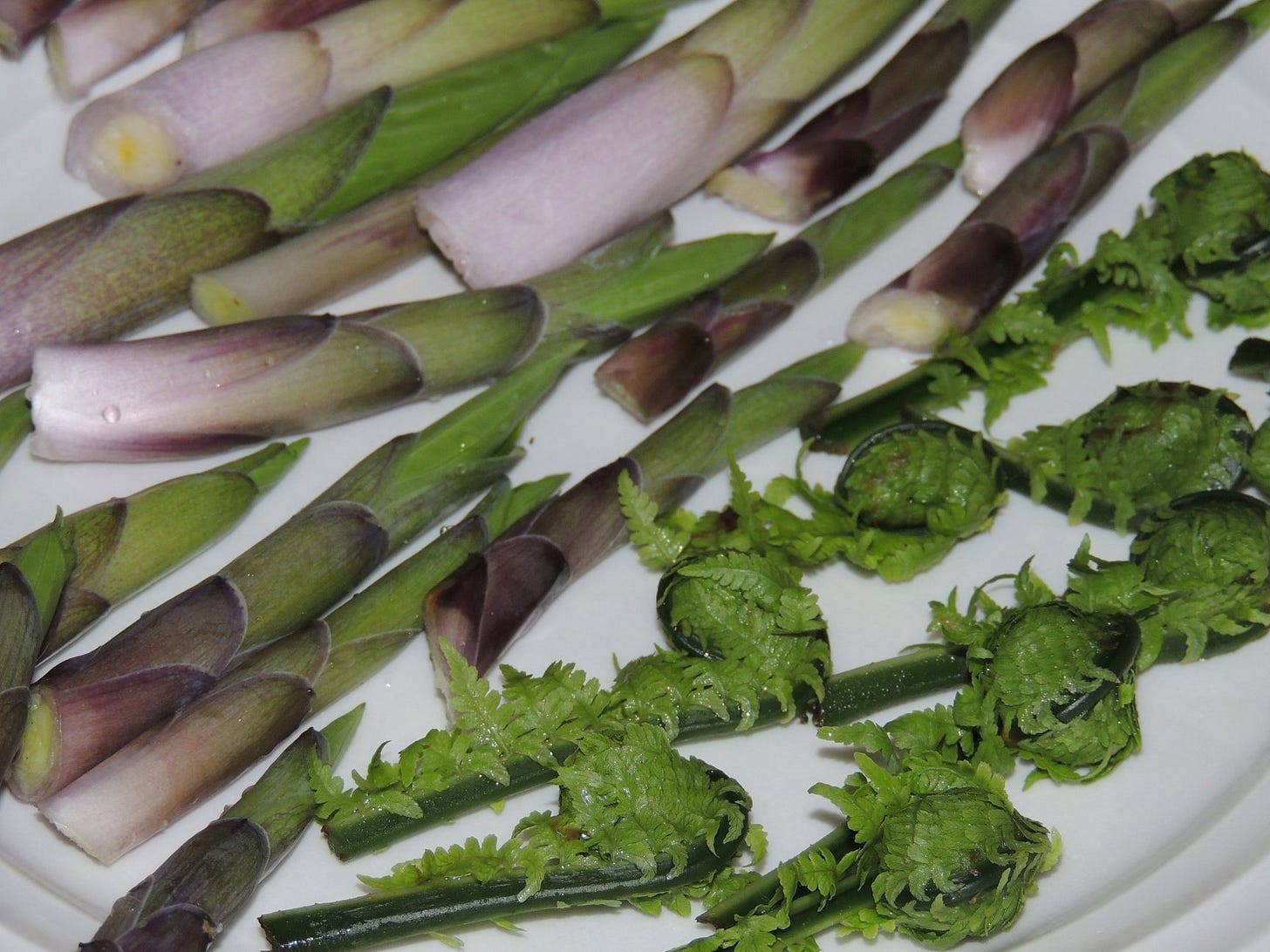
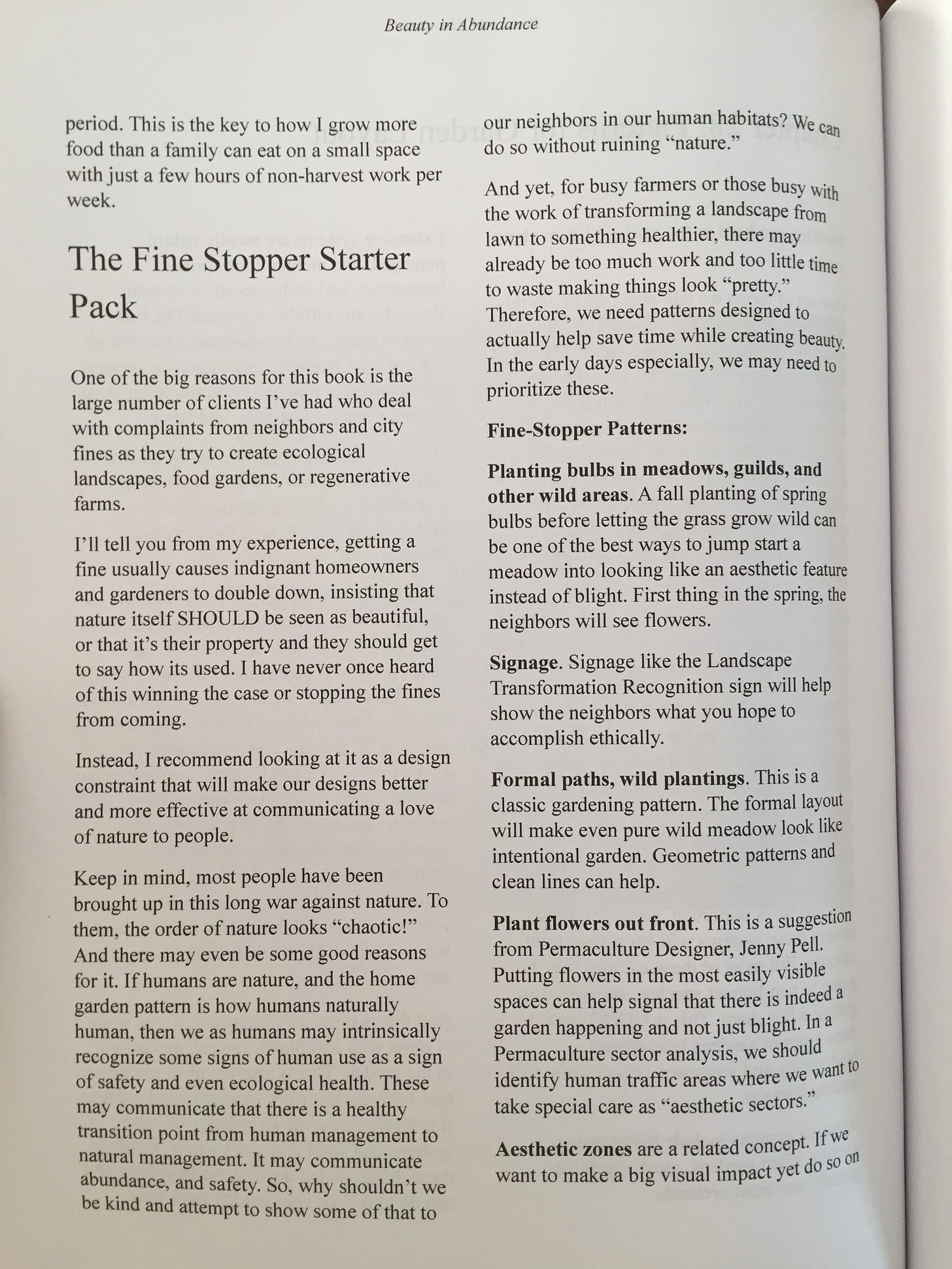
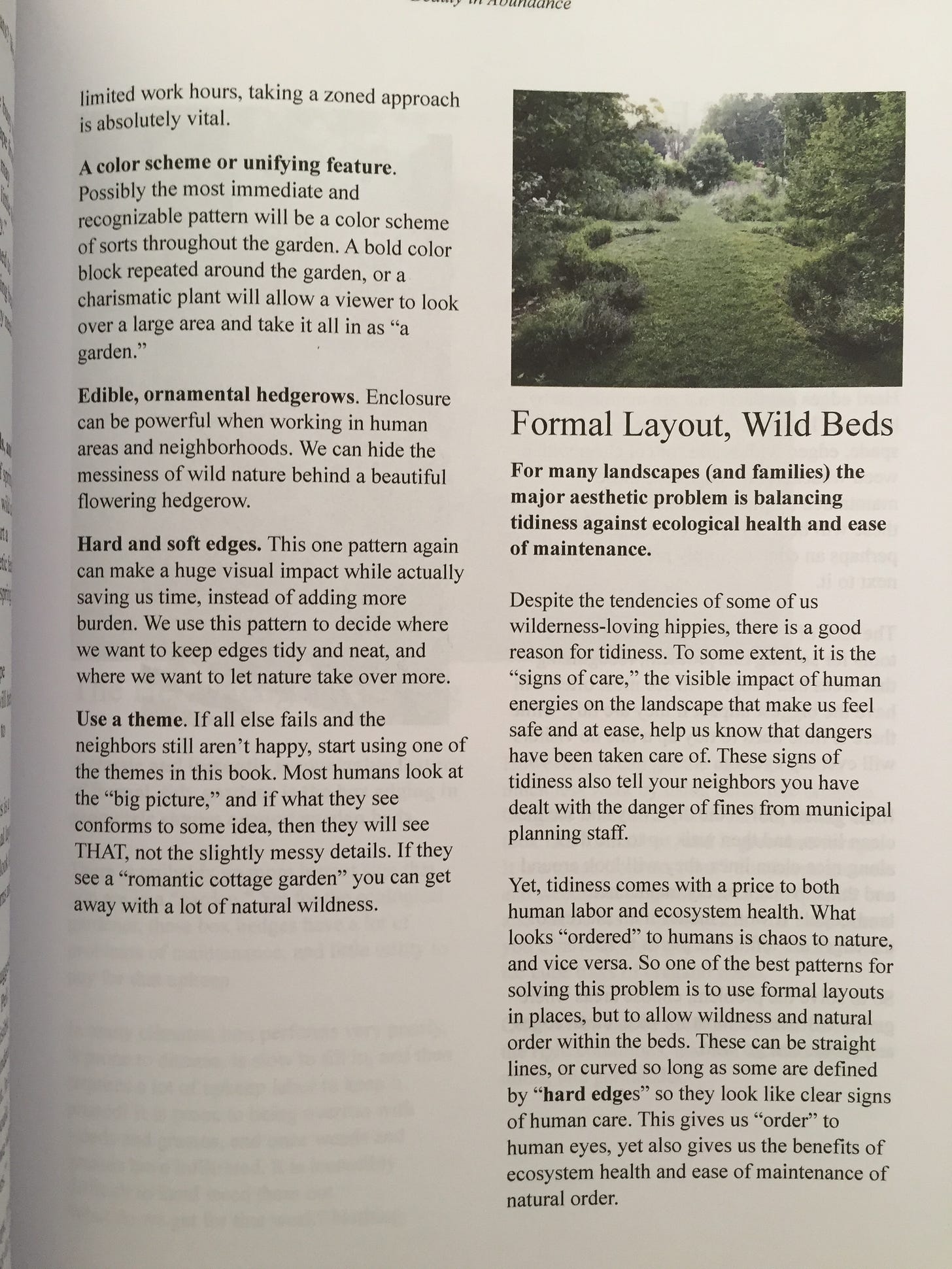


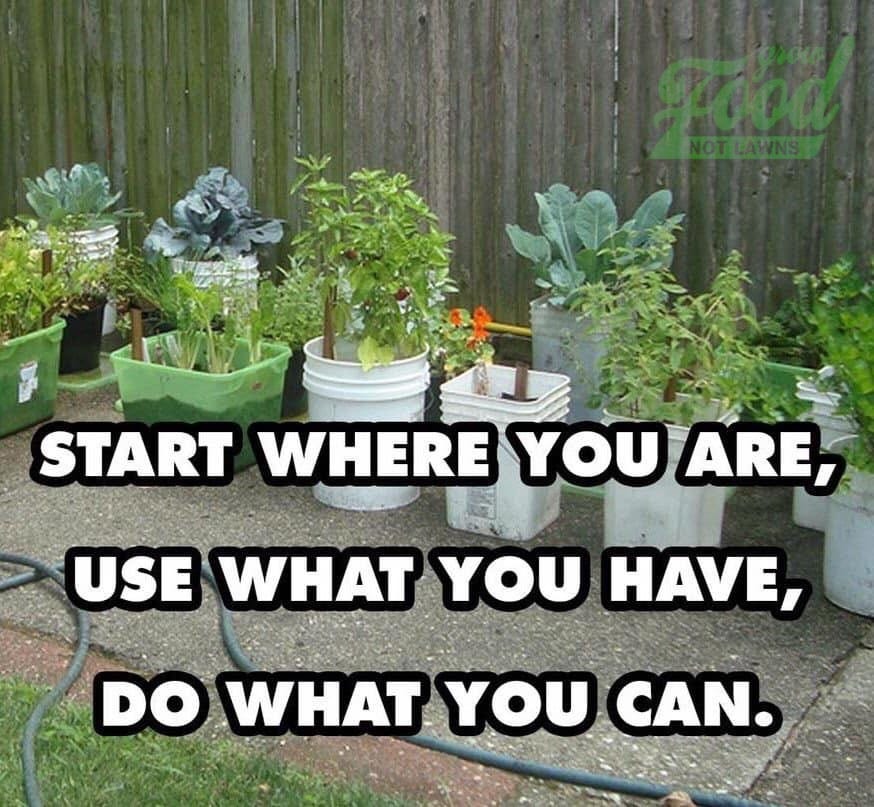




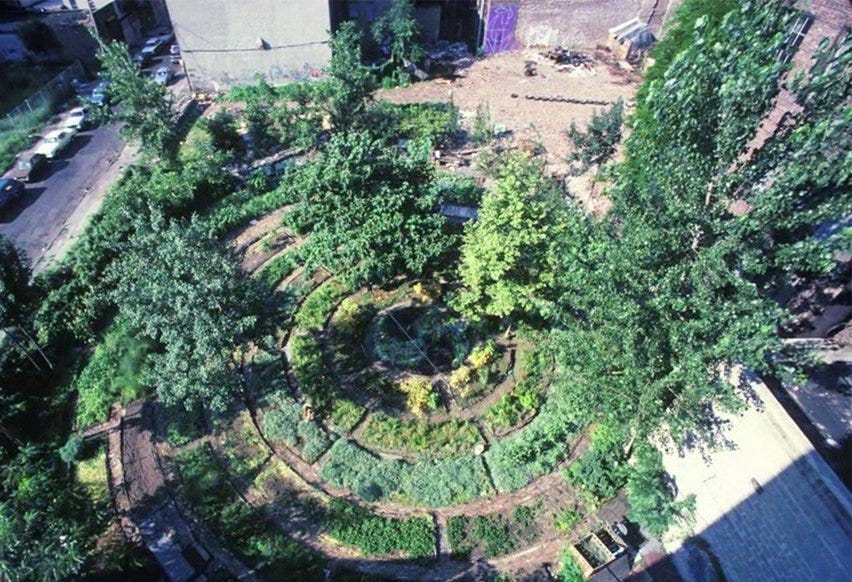
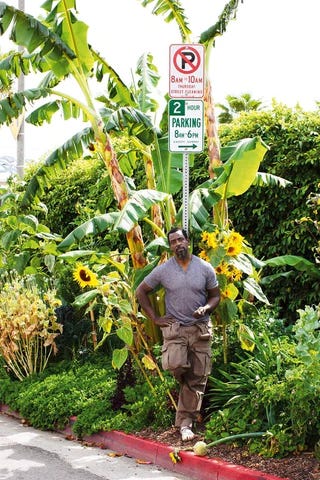
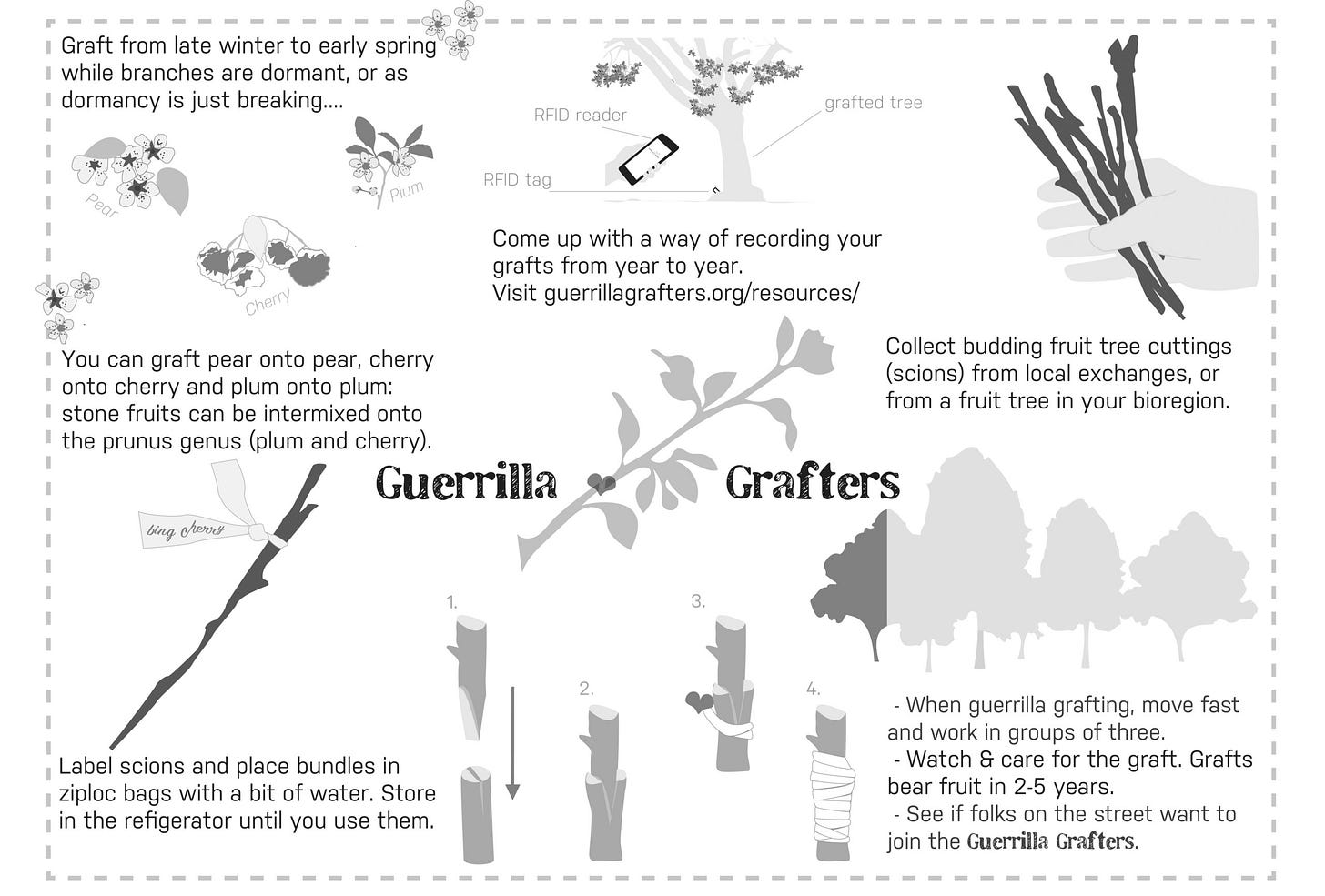

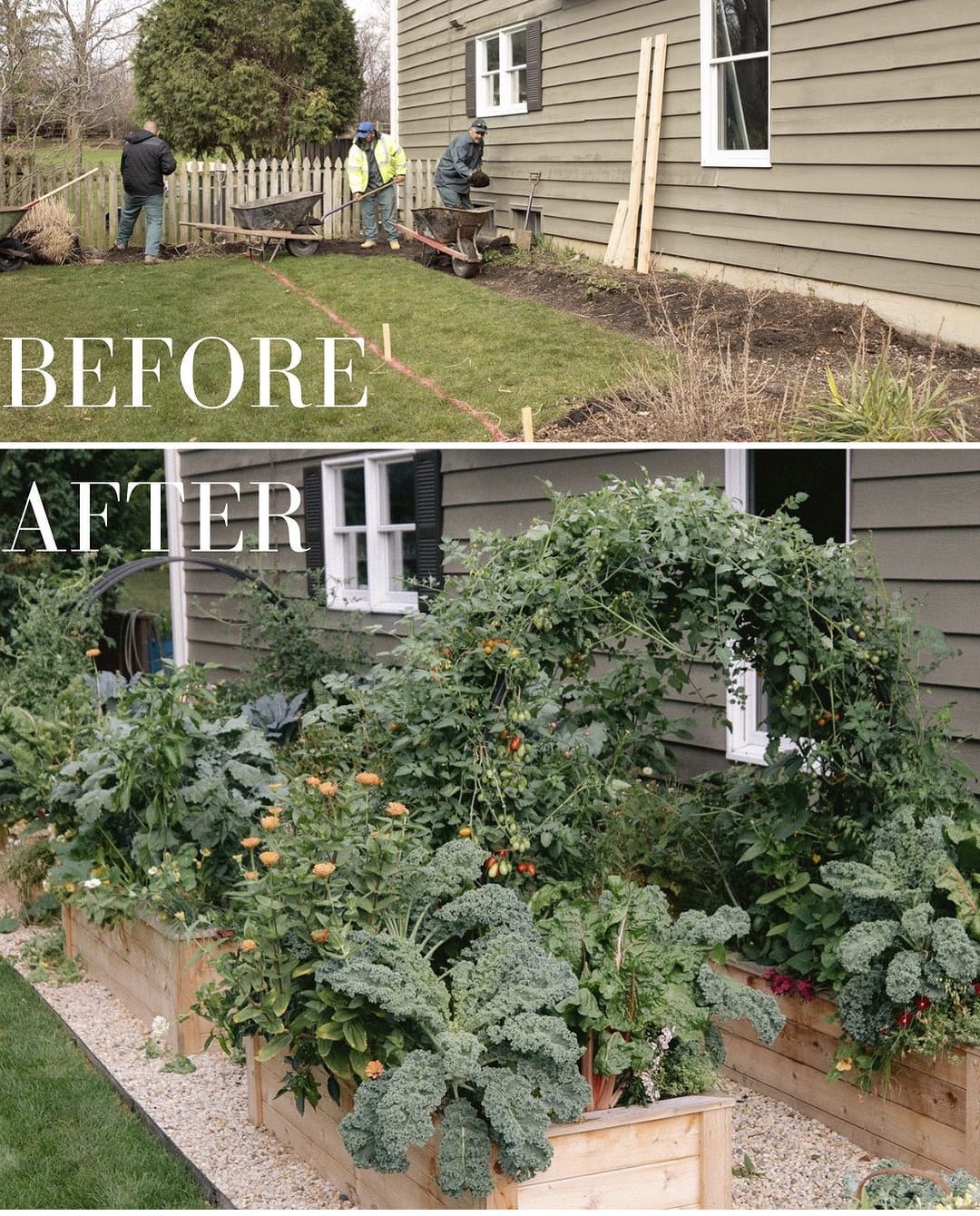




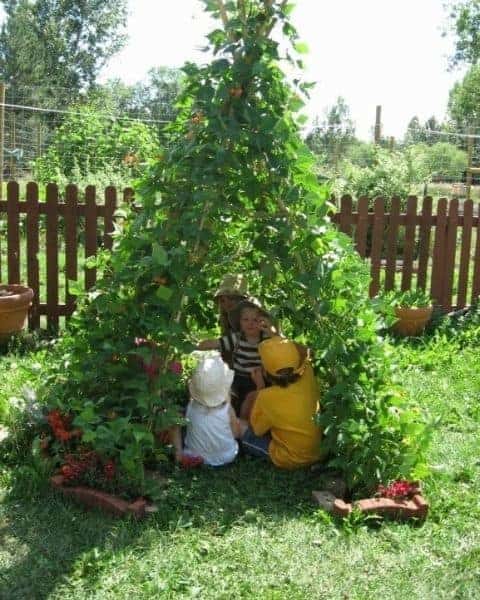
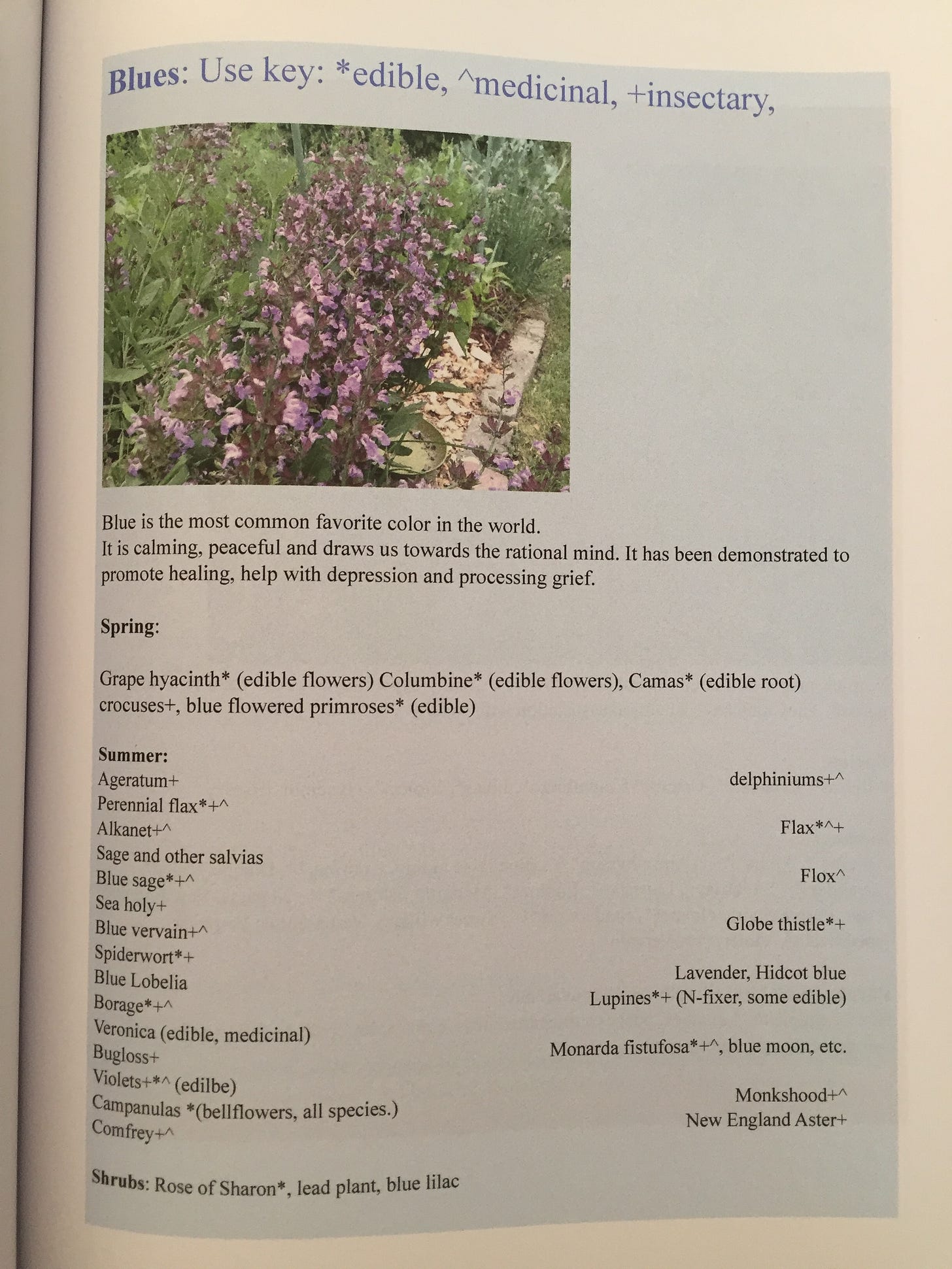


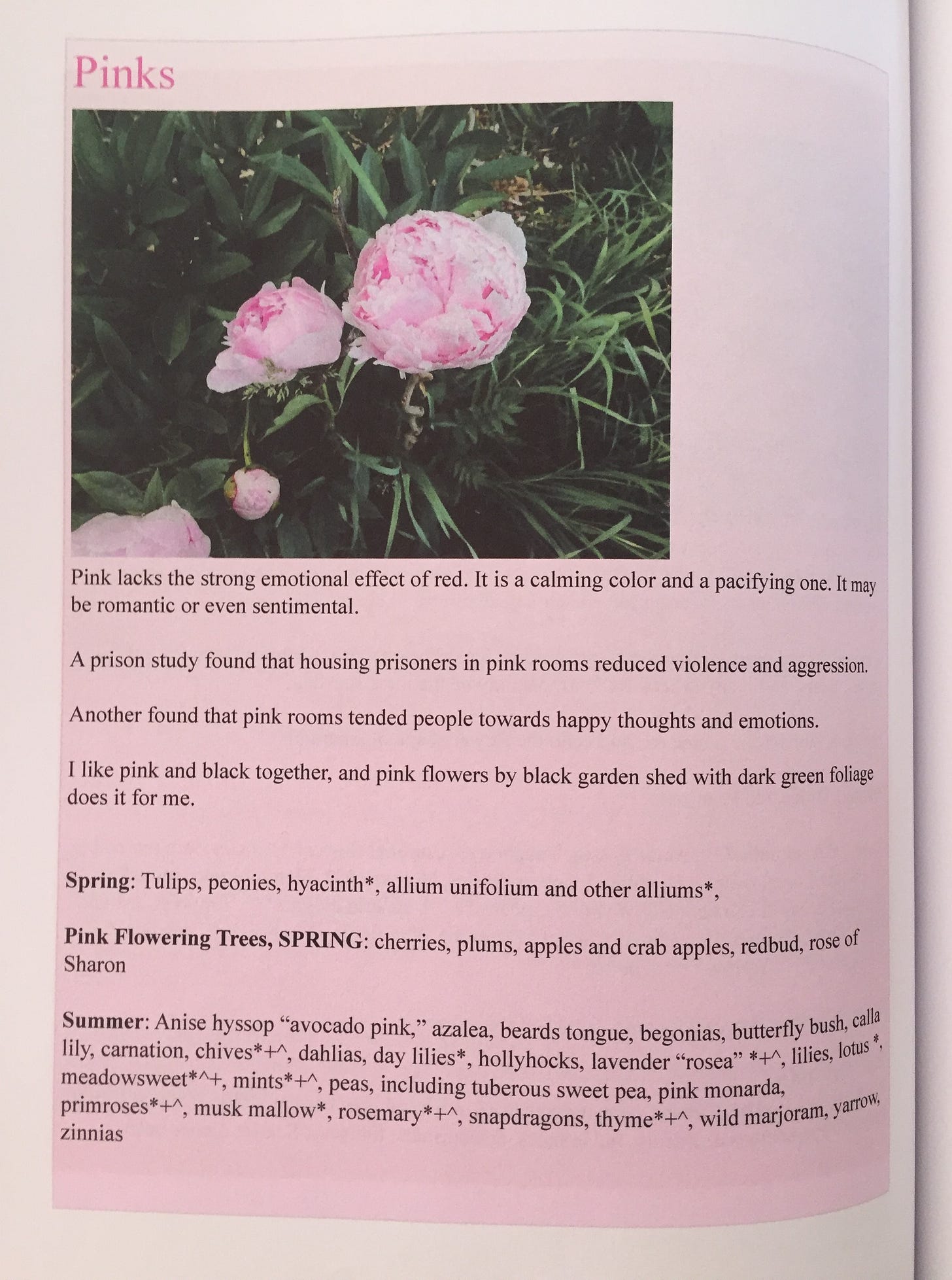
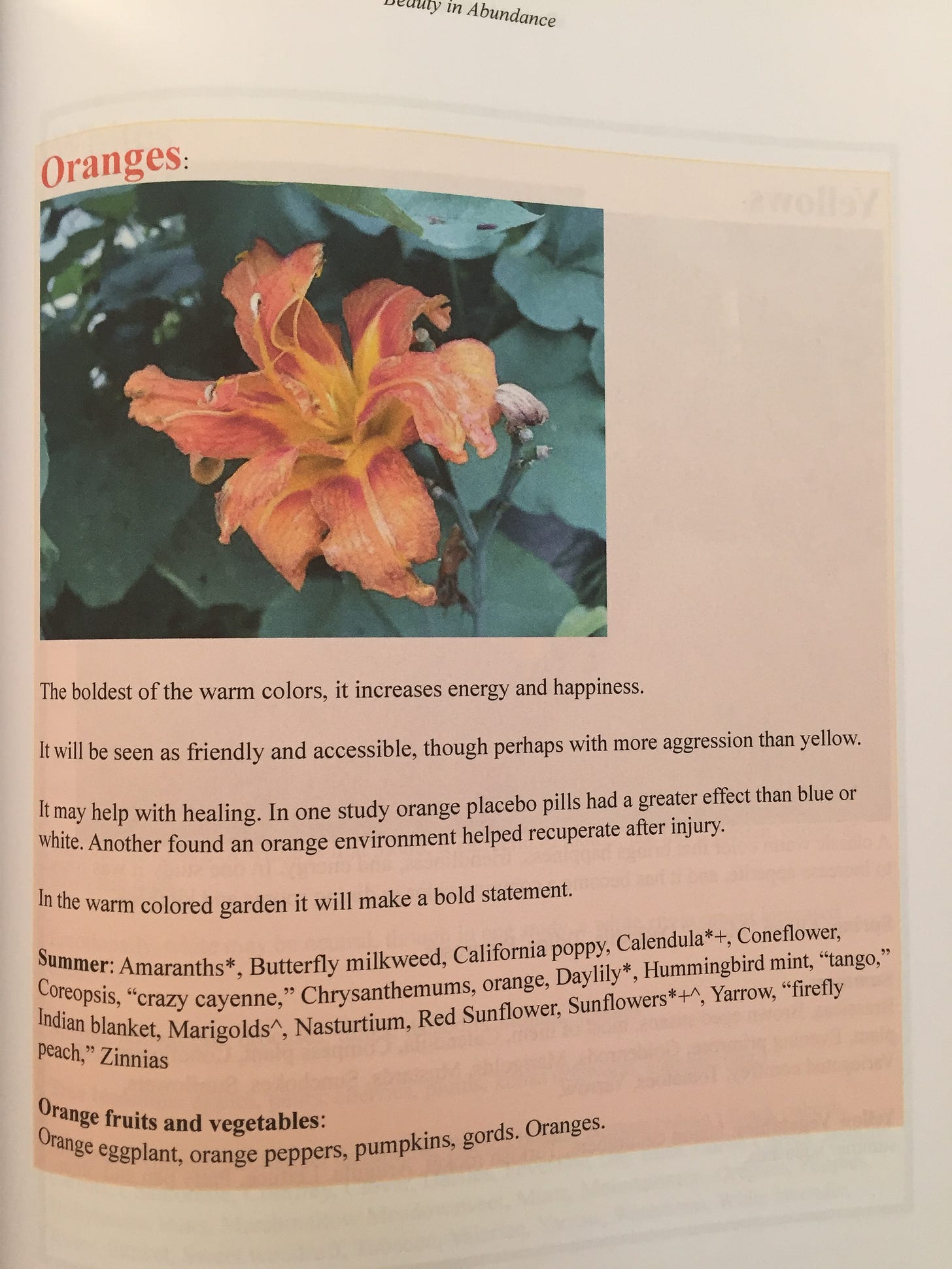

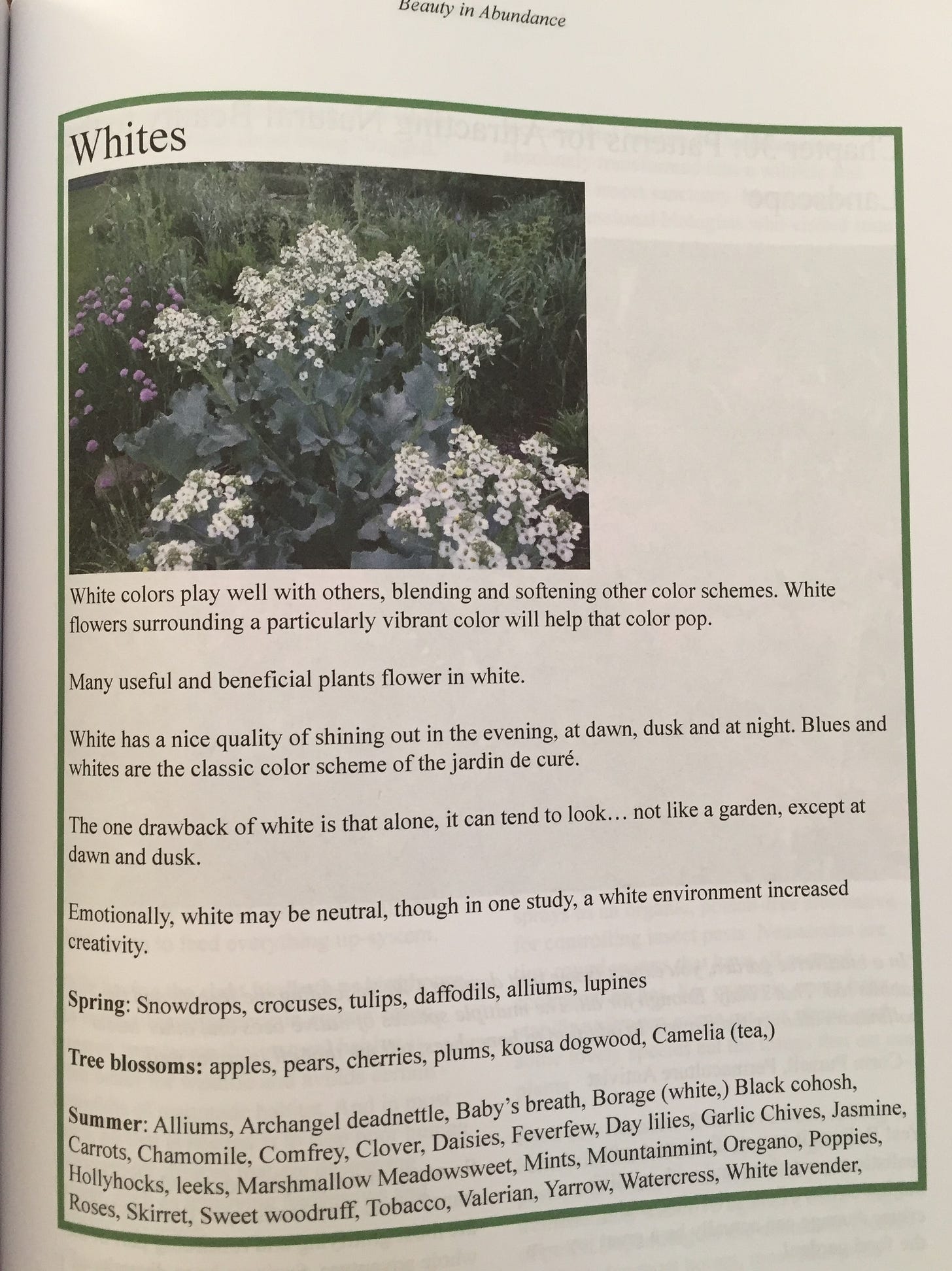
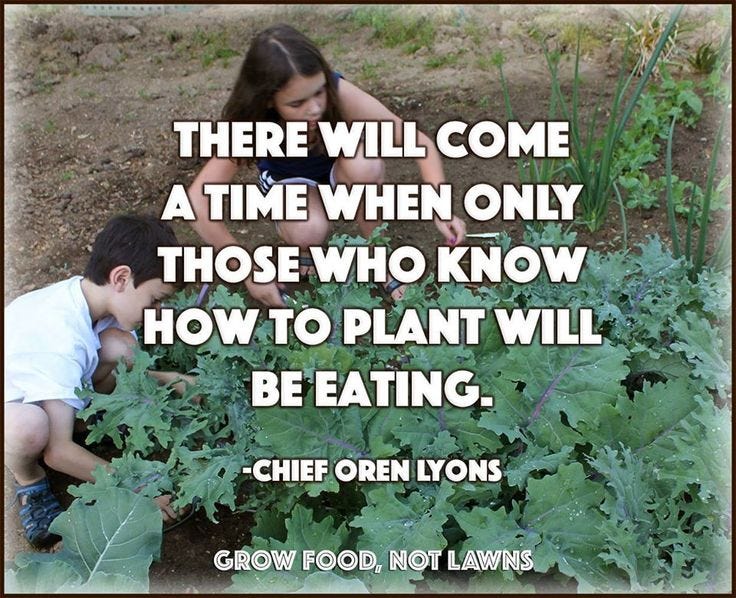

I'm convinced that neither the lawn nazis nor most of the rest of the population know what the plant for a root vegetable actually looks like, hence so far none of the carrots that I grow in my front garden have been stolen or destroyed.
Excellent article and resources offered, thank you. I have been to Charles Dowding’s garden a few times and he is doing wonderful things. His books are great resources . I created forest gardens in a couple of places and even ran a garden exchange system at one stage. Where people offered land/gardens to those who had none or not enough to grow vegetables. The system stopped because I had more land offered than gardeners ! I think it would be different now as more people are aware of food security.